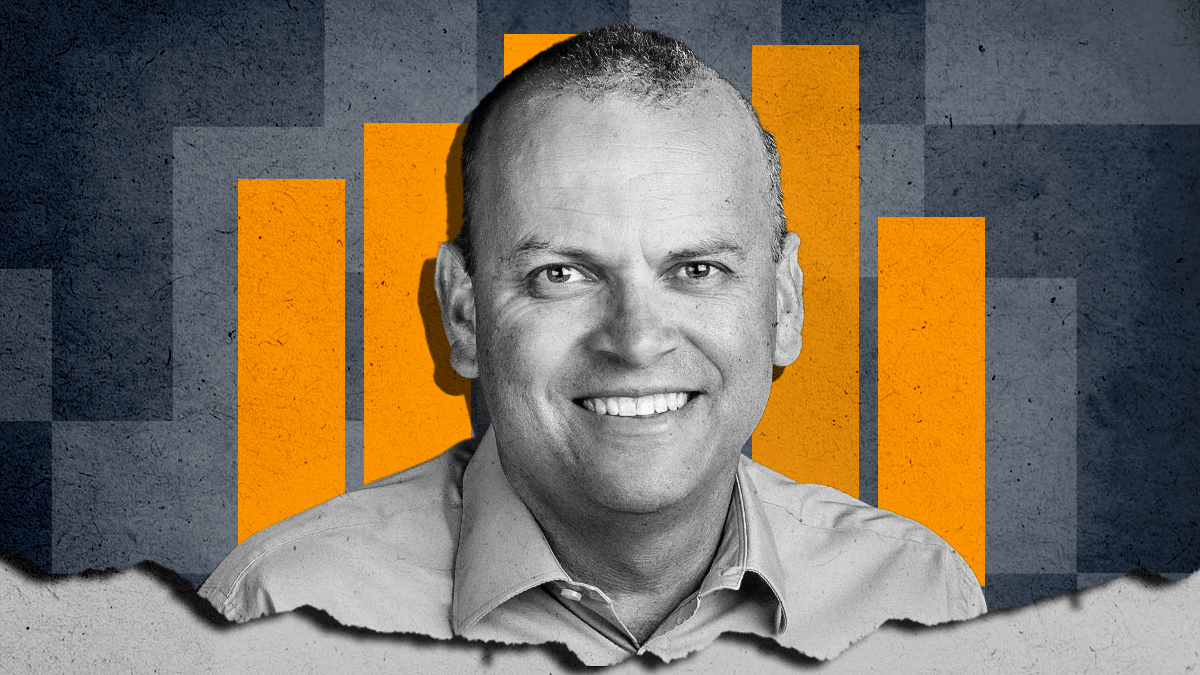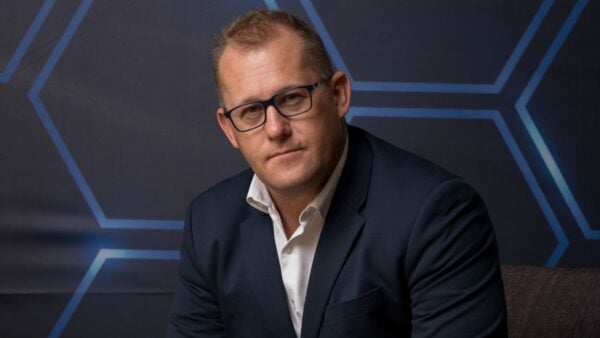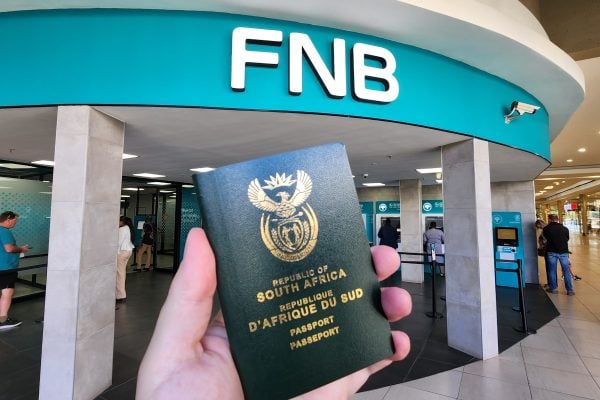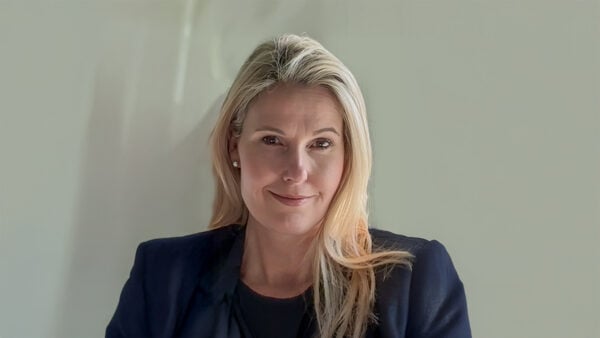The man who helped build the world’s biggest cloud computing company in South Africa

Amazon Web Services (AWS), the world’s largest cloud computing company by revenue, is based on a web service built by a Cape Town-based team led by South African Chris Pinkham.
Operating in 33 geographical regions and serving 245 countries and territories, AWS’s sales for 2024 amounted to $107.6 billion (R2.1 trillion), according to recent Amazon financial reporting.
However, what would eventually become a cloud computing titan began its development in a house in Llandudno, Cape Town.
Born in Singapore to a military family, Pinkham moved to South Africa at the age of nine and was forced to naturalise in the 1980s. He received his undergraduate degree from the University of Cape Town.
He co-founded South Africa’s first Internet service provider (ISP) in 1993, known as The Internetworking Company of Southern Africa (Ticsa).
Ticsa was sold to UUNET in 1996, which saw Pinkham take a break from the tech, devoting time to one of his hobbies and sailing around the world.
He then joined Amazon in 2000 when the roots of what would eventually become AWS started taking shape.
After significant success with its own online sales, Amazon.com launched an e-commerce-as-a-service platform called Merchant.com in the early 2000s, marking the genesis of its web service products.
Among the challenges with offering this type of product was the speed of software engineering required, as developers could only spend 30% of their time programming on each project.
This is because the rest was used to lay down the essential elements, such as a storage system, databases, and computing infrastructure.
Amazon CEO Andy Jassy, former CEO Jeff Bezos’s chief of staff at the time, noticed that developers using the Merchant.com platform were having similar issues.

To solve this, Amazon created a shared IT platform that would allow developers to work on customer-facing elements of the platform, which would eventually be launched as Amazon.com Web Services in 2002.
The idea was essentially an internal “cloud”.
“At Amazon, we developed unique software and services based on more than a decade of infrastructure work to evolve the Amazon e-commerce platform,” Amazon CTO Werner Vogels wrote on Quora.
“The thinking then developed that offering Amazon’s expertise in ultra-scalable system software as primitive infrastructure building blocks delivered through a services interface could trigger a whole new world of innovation.”
This is because, like their own engineers, developers no longer needed to focus on building and painting infrastructure.
Developers could embed Amazon features directly into their sites using a building block feature that saved them from building separate resources.
These new web services were a hit. By 2004, over 100 applications were built on top of the platform. This surprised Amazon and encouraged them to invest more in the project.
Jassy then identified several infrastructure services that could be launched as part of this product, which included databases, storage, and computing.
With this idea in mind, Chris Pinkham and Benjamin Black presented an internal paper on how Amazon could sell access to virtual servers as a service, creating a new revenue stream.
Pinkham and Black’s vision described in the paper was to create a standardised and automated platform, allowing Amazon to generate revenue from its infrastructure investments by selling access to its virtual servers.
“Bezos asked if I would look into this computing service, which was Amazon’s goal at some point in the future,” Pinkham said.
“The project was un-staffed and undefined, so with some of the folks that I worked with in Seattle, we put together a proposal which described in very rudimentary terms the first compute service — the elastic compute cloud.”

However, Pinkham intended to return to South Africa at the time, which Bezos allowed.
This meant the Amazon Elastic Compute Cloud (EC2) service would be built in Cape Town, which Pinkham said was advantageous.
In Brad Stone’s book The Everything Store, which documents Amazon’s rise in the 1990s, Pinkham said his relative isolation from the rest of Amazon was beneficial because it allowed him to distance himself from Bezos.
He said this was not because he disliked the then-CEO but because “you did not want to become his pet project,” Pinkham said. “He would love it to distraction.”
Pinkham’s team consisted of lead developer Christopher Brown and several local engineers who began building EC2 in a house in Llandudno before moving to an office in Constantia full of patio furniture.
After founding the company that developed payment system Postilion, which grew to become one of the world’s top three payment processing software vendors, Willem van Biljon joined Pinkham’s team.
By 2006, the South African team had built a market-ready product, which Amazon launched in August of that year.
Today, EC2 offers nearly 400 instance types across Amazon Web Services’ 24 regions and 77 availability zones globally.
It offers a choice between Intel, AMD, and Arm-based processors, and it is the only major cloud provider that supports MacOS.
After his stint at Amazon, which ended in 2006, Pinkham started a cloud computing firm with Van Biljon called Nimbula, which developed software that made it easier for businesses to build and deploy infrastructure as a service.
Oracle acquired Nimbula in 2013, appointing Pinkham as the senior vice president of cloud computing.
He then joined Twitter (now X) in early 2015, where he served as the vice president of engineering for two years before serving on the board of directors of the intelligent banking firm Jumo.
Chris Pinkham retired in 2021 after leaving Jumo.
































